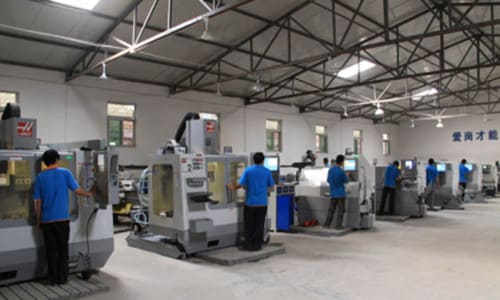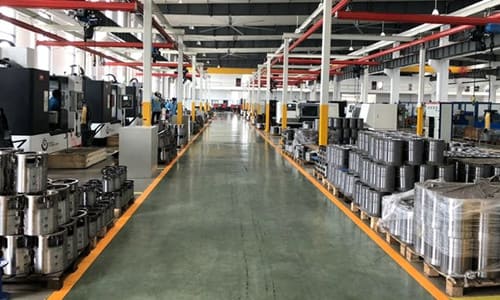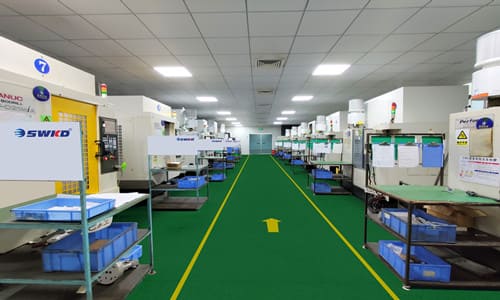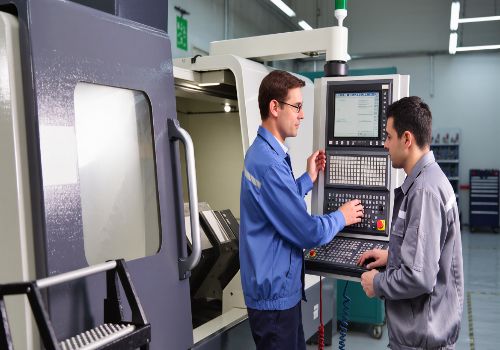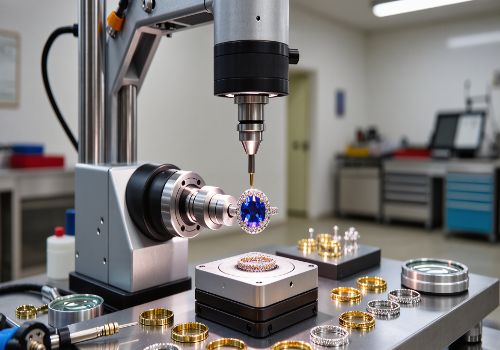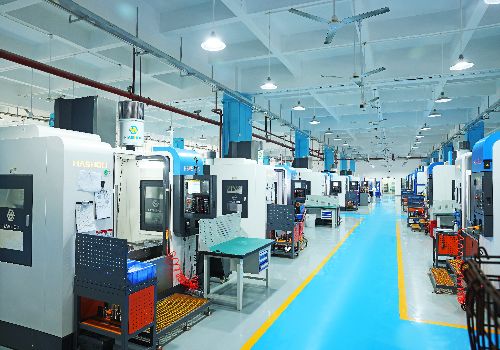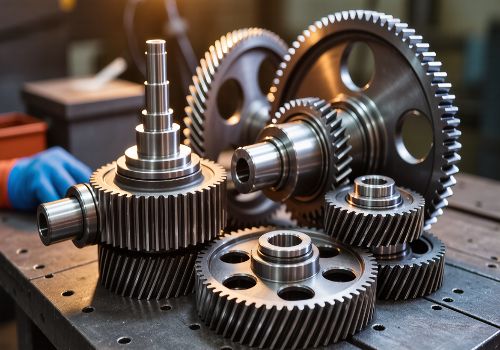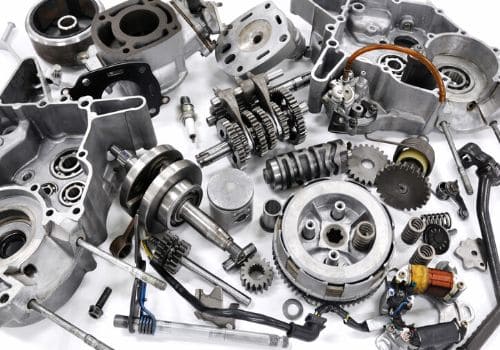Introduction: The Real Cost of Precision Manufacturing
CNC machining represents one of the most precise and reliable manufacturing methods available today, but this precision often comes with a significant price tag that can strain budgets and impact project viability. The global CNC machining market, valued at approximately $86.8 billion in 2022, continues to grow as manufacturers seek ways to balance quality with cost-efficiency. Understanding how to optimize your CNC machining processes isn’t just about cutting expenses—it’s about maximizing value while maintaining the quality standards your products demand.
Many businesses unknowingly waste thousands of dollars annually on inefficient machining practices, unnecessary material usage, and suboptimal design choices. The good news is that with strategic adjustments to your approach, you can typically reduce CNC machining costs by 15-40% without compromising on part quality or performance. This comprehensive guide will walk you through practical, actionable strategies that deliver measurable savings across your manufacturing operations.
Design Optimization: The Foundation of Cost-Effective Machining
Embrace Design for Manufacturability (DFM) Principles
Design for Manufacturability represents the single most impactful area for cost reduction in CNC machining. DFM involves designing parts specifically for the machining process, considering factors like tool access, material waste, and machining time from the earliest design stages. Companies that implement thorough DFM practices typically reduce their production costs by 25-50% compared to those that don’t.
Key DFM strategies include:
-
Minimizing complex geometries that require special tooling or multiple setups
-
Designing with standard tool sizes in mind to avoid custom tooling requirements
-
Consolidating multiple parts into single components where possible to reduce assembly costs
-
Adding slight drafts to vertical walls to improve surface finish and reduce machining time
Optimize Tolerances for Functionality, Not Perfection
One of the most common cost drivers in CNC machining is unnecessarily tight tolerances. While precision is essential for certain part features, applying tight tolerances (±0.025mm or 0.001″) across an entire part can increase costs by 50-100% compared to more reasonable tolerances (±0.125mm or 0.005″).
Tolerance optimization approach:
-
Identify critical interfaces and mating surfaces that require tight tolerances
-
Apply standard commercial tolerances to non-critical features
-
Consider the capability of your manufacturing partner’s equipment
-
Document tolerance requirements clearly to avoid misunderstandings
Material Selection and Sourcing Strategies
Choose Cost-Effective Materials Without Compromising Performance
Material selection significantly impacts both raw material costs and machining expenses. While exotic alloys may be necessary for specialized applications, many projects can achieve similar results with more economical alternatives.
Material cost-saving approaches:
-
Evaluate aluminum alternatives when possible, as aluminum typically machines 3-5 times faster than steel
-
Consider pre-hardened materials to avoid secondary heat treatment processes
-
Explore engineering plastics for applications where metal properties aren’t critical
-
Utilize standard material grades rather than proprietary or specialty alloys when feasible
Implement Smart Material Sizing and Utilization
Material waste represents a significant, often overlooked cost in CNC machining. Optimizing your approach to material selection and utilization can yield substantial savings.
Material utilization strategies:
-
Select stock sizes that minimize waste and reduce machining volume
-
Consider near-net-shape preforms for high-volume production runs
-
Implement nesting software to optimize material usage across multiple parts
-
Explore remnant material programs for prototypes and small batches

Manufacturing Process Optimization
Streamline Setup and Programming
The setup process represents a fixed cost applied to every production run, regardless of quantity. Optimizing these elements becomes increasingly important for smaller batch sizes.
Setup reduction techniques:
-
Standardize workholding solutions across similar part families
-
Implement modular fixture systems to reduce changeover time
-
Utilize CAM template programming for similar part geometries
-
Batch similar parts together to minimize setup changes
Optimize Cutting Parameters and Toolpath Strategies
Modern CNC equipment and CAM software offer advanced capabilities that can significantly reduce machining time while extending tool life when properly configured.
Machining process optimizations:
-
Implement high-efficiency machining (HEM) techniques that maintain optimal chip loads
-
Utilize trochoidal milling paths for extended tool life and improved material removal rates
-
Balance roughing and finishing operations to minimize overall cycle time
-
Apply appropriate cutting tools for each operation and material
Strategic Sourcing and Partnership Approaches
Develop Strategic Supplier Relationships
The choice of manufacturing partner significantly impacts both cost and quality. Developing strategic relationships rather than constantly seeking the lowest bidder typically yields better long-term results.
Effective partnership strategies:
-
Provide comprehensive design packages with clear requirements to minimize quoting errors
-
Establish long-term agreements in exchange for preferred pricing
-
Share production forecasts to help with capacity planning
-
Consolidate orders to maximize quantity discounts
Implement Smart Ordering Practices
How and when you place orders can significantly impact pricing, particularly for prototype and low-volume production.
Order optimization approaches:
-
Combine multiple parts into single orders to maximize setup efficiency
-
Plan for economic order quantities that balance inventory costs with production efficiency
-
Consider staggered deliveries for large orders to improve cash flow
-
Explore shared material purchasing programs with your manufacturing partners
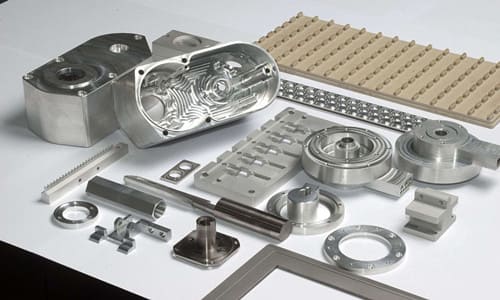
Technology and Equipment Considerations
Leverage Modern CNC Capabilities
Advances in CNC technology have dramatically improved machining efficiency and capabilities. Ensuring your manufacturing partners utilize modern equipment can significantly impact cost and quality.
Technology advantages:
-
Multi-axis machining reduces setups and improves accuracy for complex parts
-
High-speed machining capabilities reduce cycle times for appropriate materials
-
Advanced tooling systems improve performance and extend tool life
-
Automated inspection reduces quality control time and improves consistency
Implement Digital Manufacturing Processes
Digital manufacturing technologies streamline the transition from design to production, reducing errors and improving efficiency throughout the process.
Digital workflow benefits:
-
Automated quoting systems provide faster, more consistent pricing
-
Digital twin simulation identifies potential issues before manufacturing begins
-
Cloud-based collaboration improves communication and reduces revision cycles
-
Production monitoring systems provide real-time visibility into manufacturing status
Quality and Inspection Efficiency
Right-Size Your Quality Requirements
Quality control represents a significant portion of manufacturing costs, particularly for highly regulated industries. Implementing appropriate quality strategies based on part criticality can yield substantial savings.
Quality optimization approaches:
-
Implement risk-based inspection plans that focus resources on critical features
-
Utilize statistical process control rather than 100% inspection where appropriate
-
Standardize inspection methodologies across similar part families
-
Leverage first-article inspection for initial qualification with reduced inspection on subsequent runs
Design for Efficient Inspection
Part features significantly impact inspection complexity and cost. Designing with inspection in mind can streamline quality control processes.
Inspection-friendly design elements:
-
Include datum features that facilitate consistent measurement
-
Avoid difficult-to-measure geometries where possible
-
Design accessible measurement points for critical features
-
Standardize geometric dimensioning and tolerancing practices
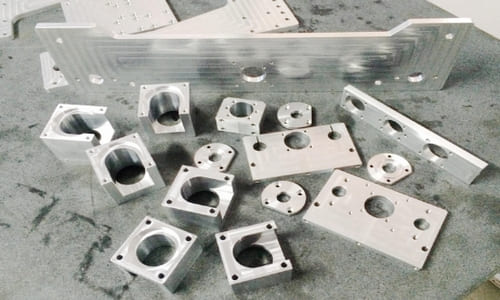
Real-World Case Study: Implementing Cost Reduction Strategies
Background: A medical device manufacturer was experiencing consistently high costs for a stainless steel component produced in annual quantities of 5,000 pieces. The part had undergone several cost reduction initiatives with minimal success.
Implemented Strategies:
-
Design Optimization: Relaxed non-critical tolerances, standardized hole sizes, and added slight drafts to vertical walls
-
Material Strategy: Switched to a more readily available stainless grade with equivalent performance characteristics
-
Process Improvements: Implemented high-efficiency machining techniques and optimized toolpaths
-
Strategic Sourcing: Established a long-term agreement with key supplier in exchange for annual price reductions
Results:
-
22% reduction in piece part cost
-
35% reduction in lead time
-
15% improvement in material utilization
-
50% reduction in quality issues and associated costs
Conclusion: Building a Sustainable Cost Reduction Culture
Reducing CNC machining costs isn’t a one-time initiative but rather an ongoing process of optimization and improvement. The most successful organizations embed cost-conscious decision-making throughout their design and manufacturing processes, from initial concept through production.
By implementing the strategies outlined in this guide—focusing on design optimization, material efficiency, process improvements, and strategic partnerships—you can achieve significant, sustainable cost reductions while maintaining or even improving part quality and performance.
Remember that the goal isn’t simply to reduce prices but to maximize value. The most cost-effective CNC machining solutions balance expense with quality, delivery, and reliability to support your overall business objectives.
Ready to optimize your CNC machining costs? Contact our manufacturing experts today for a comprehensive design review and cost analysis. We’ll identify specific opportunities to reduce your manufacturing expenses while maintaining the quality and performance your products demand.



